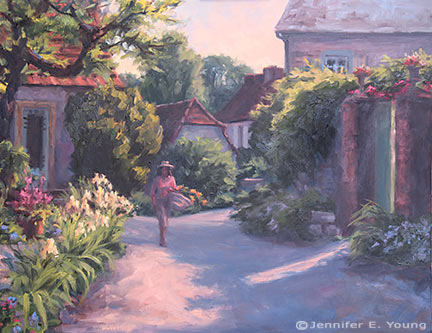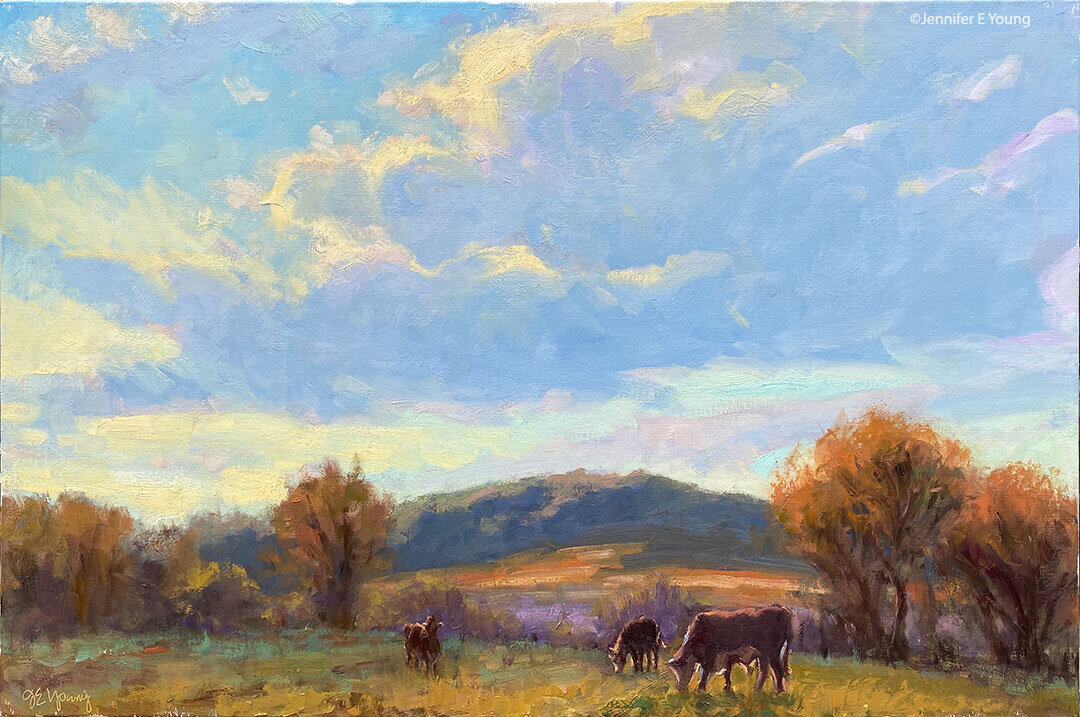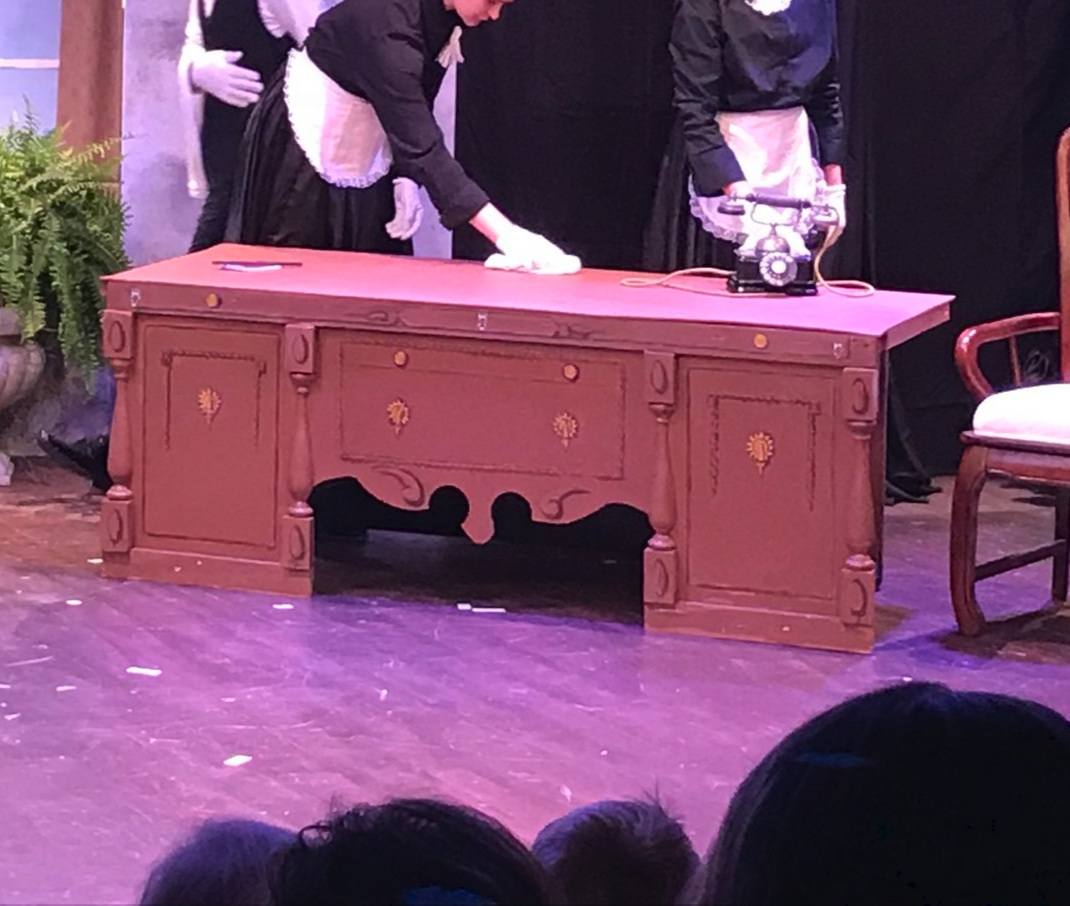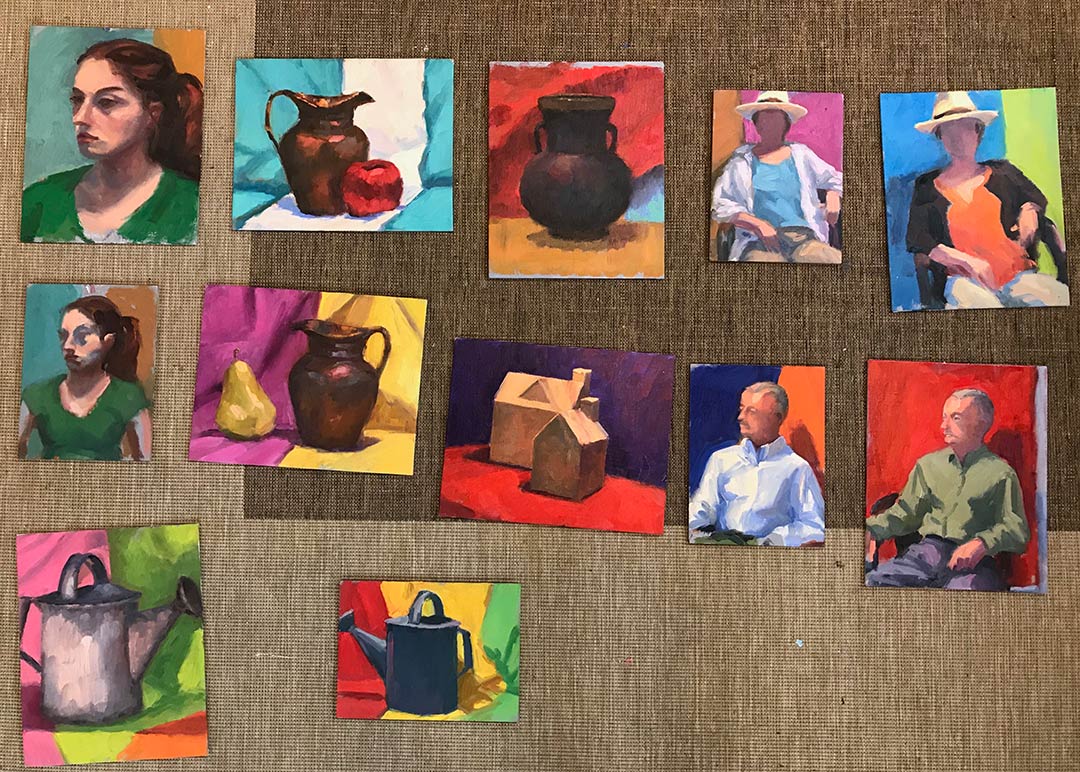Too cold for plein air...? So I'll write about it instead!
/Note: This post picks up on a conversation that started in the comments section of my post from a couple of days ago about painting outside in "the elements"....or not. My first plein air painting experience was a disaster. In fact, I don't think I was really won over with the whole idea of painting on location until about the 5th time out. It took many more outings than that, however, before I created anything I considered to be remotely approaching a "success".
There were definitely days when I found myself wondering why I bothered with it at all. Even now that I really love plein air painting, I still find I don't do it as often as I would like. It is certainly a lot easier to paint in a nice cozy studio at any time of day or night without having to haul a bunch of gear around. It's a hassle. You have to deal with bugs, sunburn, wind, rain, or the freezing cold. In some cases you also have to deal with constant interruptions from passers-by (from dogs to people to timed sprinklers coming on unexpectedly to boats parking right in front of your view!)
But even with all of that, there is something exhilarating about it. It can often be the best sweaty, bug-bitten, exhausting, driven, compelling, and highly focused couple of hours I've ever spent. And even in the "wipers" or those that end up in the "circular file" there was often enough of an element-- maybe just a square inch or two-- that hinted at some special understanding and called me forward. In short, there was something this experience was teaching me that I wasn't getting by working in the studio alone.
In order to really enjoy my plein air painting experiences I think I first had to finally let go of the need for a particular outcome. Of course ultimately I want to become a better painter! But just as I'm trying to do now with my life-drawing, I gained the greatest benefit from this practice when I finally started viewing it in terms of what I could learn rather than what I could produce. The shift in perspective helped, because what I found from nearly the beginning was that whatever the immediate outcome, these experiences helped to inform and improve my knowledge and understanding overall, including the work I did in the studio.
Since my work is based on the natural world, there is no better reference than nature herself; and one of the main benefits of plein air painting for me is that I am painting from life. Plein air painting isn't the only way to achieve that of course. I can also set up a still life or do some figure drawing and painting (which is one reason why I've gotten back into life drawing myself this winter when I can't seem to get myself outside in the cold for more than 5 minutes!)
But the difference with plein air is that not only are you dealing with painting your response to a "live" subject, you are also having to concern yourself with the changing light and many other things that move and change and can't be controlled the way you can do in the studio environment. It's limiting, but not in a bad way. It pushes you to think about simplifying and making the bold statement without having to articulate every little detail, and doing so with a great deal of accuracy at the same time.
That is not to say that by their nature all plein air paintings are "better" than studio paintings. I'm sure anyone who has spent time looking at landscape paintings has probably seen a good deal of strong AND weak paintings produced by both methods. Ultimately, a painting has to stand on its own.
Both methods have their advantages and their limitations, which is why I like to "mix it up". In some respects the two practices could be compared to short-pose gesture drawing vs. longer, more studied sittings done in life drawing. In either case, I'm sharpening my skills of sight and understanding, but using different muscle groups, so to speak. Hopefully with regular practice the dexterity and skill will grow. That's not all there is to art. To be sure, it's not art without individual creativity and expression. But skill and dexterity in the execution sure make it a lot easier for me to better articulate my creative vision.

















